Developing in Panama is not for the faint of heart, but there are some notable success stories of expats coming to Panama, identifying a need, and successfully and profitably executing a real estate development.
When Brian Wagner moved to Panama in 2007 from Seattle, he had a vision of what type of development he was looking to build. Focused on the affordable housing market, the types of projects and how they have materialized are quite different than originally envisioned.
“It took several years to find the right properties with the characteristics that lend themselves to inner-city affordable housing,” Wagner said. “With PH Casco View, the project’s feasibility required innovative building variances. This required lobbying and technical presentations , and we had to work our way up the Ministry of Housing before anything got done.”
His story is similar to that of Gema Fercasa, who came to Panama from Spain with her family, who set their sights on an area just outside of the San Francisco neighborhood near Parque Omar.
“I come from a family of developers, and in 2010 we knew that the party was coming to an end in Spain. So we started our research, of course focusing on Latin America, which at the time was really starting to pick up economically. We considered Brazil but found that the language was going to be an issue, and safety was also a concern. We also considered countries like Argentina, Peru, and Venezuela, but were concerned with the lack of judicial security and didn’t want to have to worry about the government coming in and taking over our assets. The Dominican Republic was interesting, but was not really a place we wanted to live, and we ruled out places like El Salvador and Honduras because of the crime and poor schools for our kids.
We appreciated the fact that Panama was a dollar based economy, was very safe, was a financial center with available credit, and was a place that we could see ourselves living and raising our kids.”
Developing in Panama for these two expats was of course very different than developing in the US or Spain.
In some cases, developing in Panama has clear advantages:
For instance, according to Wagner, the local building materials and design in Panama are much simpler than in his native Washington State.
“All three of the projects we’ve developed have been slab and block construction, as opposed to dealing with lumber, sheet rock, insulation and other costly construction methods. Building codes in Panama are also less rigid and at the end of the day, an important difference between high end and affordable housing are the quality and costs of finishing materials.”
For Wagner, the process has its expected challenges as well.
Focused on the area just outside of the historic district in downtown Panama City, project planning has taken a lot longer than what he expected. Entities such as the municipality (Municipio), the housing authority (MIVIOT), the environmental oversight agency (ANAM), the tax authority (DGI), the public registry (El Registro Publico), and the land registry (Catastro), many of whom do not have any communication between each other, are all necessary to deal with to launch a successful development, which makes getting approvals difficult and time consuming.
Gema’s first venture has also turned into a success, but was not without it’s challenges either.
“We were fortunate, in that we acquired a parcel that already had the zoning and permissions we were looking for, most notably the anteproyecto.”
Typically, getting to this stage would have taken four months to finalize the environmental impact study, four months to prepare the plans and submit them to the municipality, and then another five months within the municipality to get approvals, but according to Gema, “we saved at least a year by buying the land with approvals and we were able to start selling and taking deposits from buyers as soon as we closed on the land.”
In Panama as in Spain, developers are legally permitted to use buyer’s deposits to cover costs and not required to hold those funds in escrow. Both agreed that this was a huge advantage from a cash flow perspective.
The bank financing piece was also attractive for both Wagner and Farcasa.
Banks in most cases will finance up to 80% of the cost of construction and in some cases banks will even allow builders to take a draw against the irrevocable letters of payment that the developers have taken from buyers to cover the balance.
“We’d never be able to do something like that in the US,” Wagner said, “but the rules and norms are different in Panama”
“Banco General ended up being a fantastic partner,” Fercasa notes. “In fact, they were eager to lend us the money because of the nature of our buyer, who was Panamanian. They knew they were going to get all of the other business from them…the mortgage, car loans, and new banking relationships. They were actually chasing us to write the loan!”
Both developers also faced very serious challenges, including having to replace their general contractor, incompetent attorneys and more. We plan on covering this and exploring the theme of foreigners developing in Panama more in the next chapter, so stay tuned!

